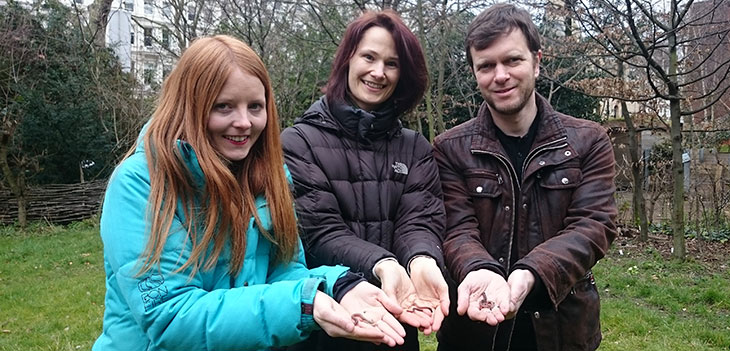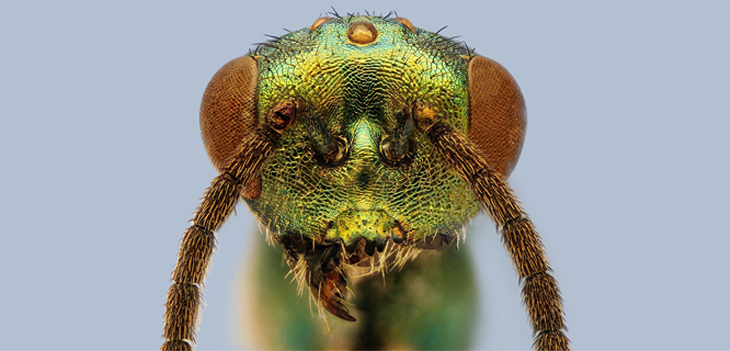At a glance
Record orchid flowering times.
Type of activity: Outdoor and online
When? April 2015 to August 2016
Participants photographed wild orchids and extracted data from three centuries of Museum specimens to help us examine what impact climate change is having on the UK's orchids.
About the project
Fifty-six native species of orchid grow wild in the UK, flowering from April to September.
Recent research indicates that climate change is affecting the flowering time of the early spider orchid, Ophrys sphegodes. We want to find out if this is true for other wild orchids and whether all species are responding in the same way, starting with 29 species.
To gather data from across the UK, we needed as many people as possible to photograph orchids in spring and summer, and to send us the images with the date and location.
Alongside this, we have around 15,000 orchid specimens in the Museum's British and Irish herbarium. Collected over three centuries, they can tell us about flowering times in the past. Extracting data from so many specimens is a huge task, so we needed help.
Results so far
Thank you to all of the volunteers who photographed orchids, identified photos online or transcribed and classified our Museum specimens.
More than 2,000 of you took part and among your achievements was the identification of 200 new UK locations for wild orchids, including rare species.
We are currently analysing the data in full, but you can read about some of the initial findings on our blog.
Project team
- Dr Mark Spencer, Senior Curator British and Irish Herbarium
- Dr John Tweddle, Head of the Angela Marmont Centre for UK Biodiversity
- Kath Castillo, Orchid Observers Project Officer
In partnership with:
University of Oxford's Zooniverse team
Funded by:
The Arts and Humanities Research Council (Science in Culture theme), as part of the Constructing Scientific Communities project





